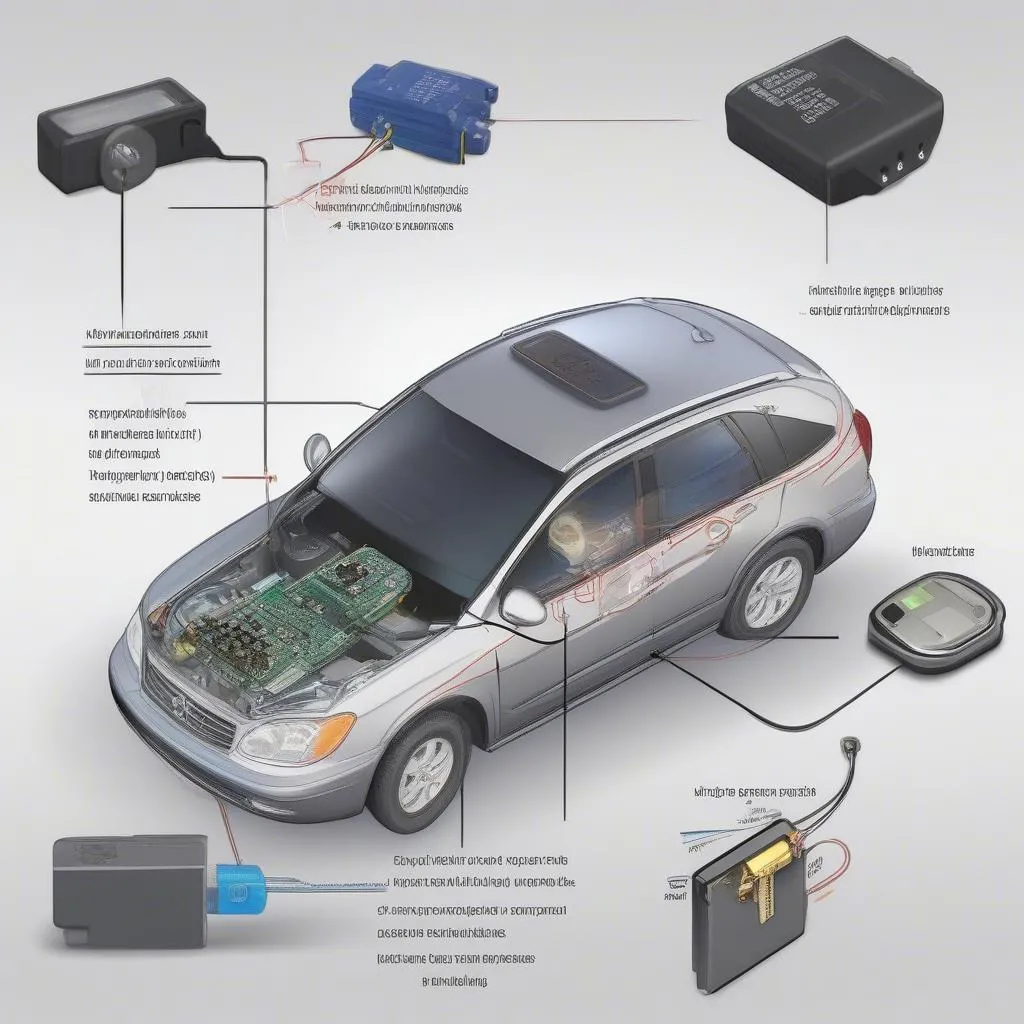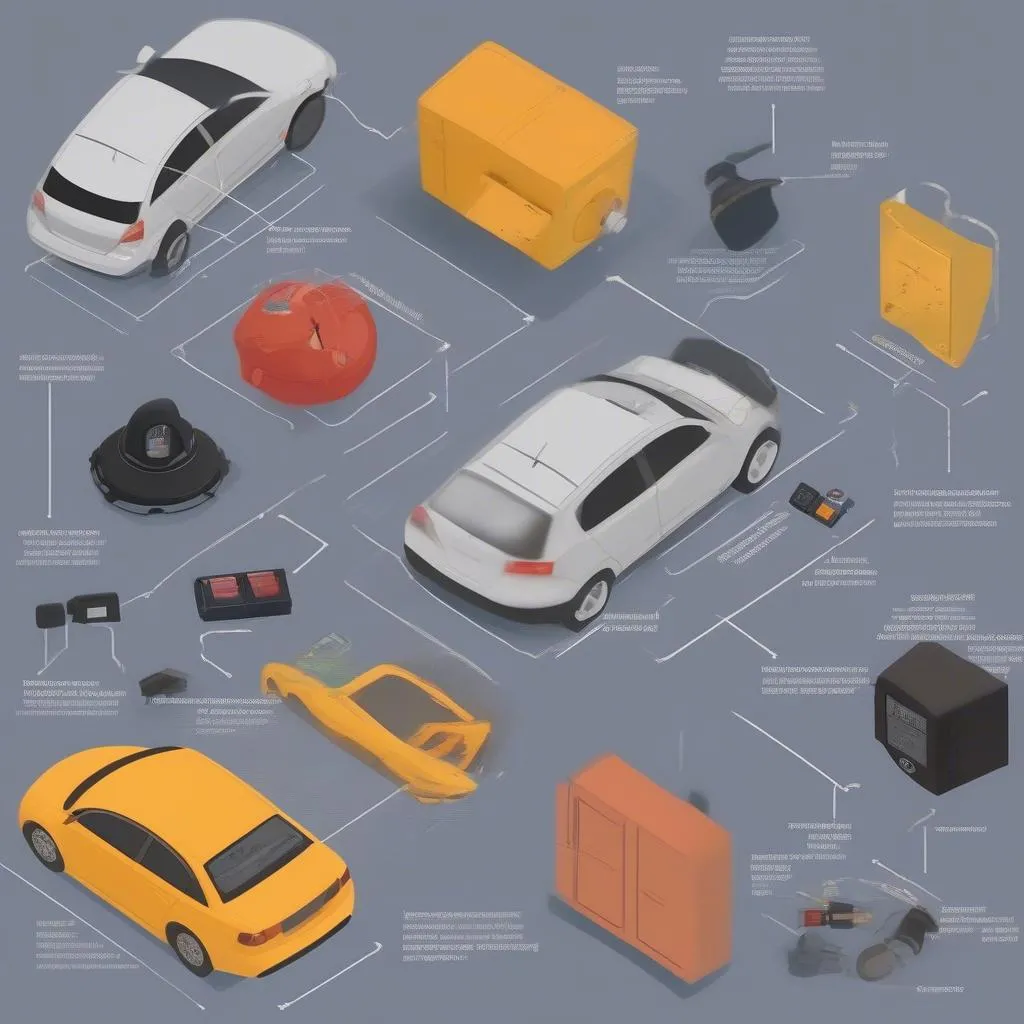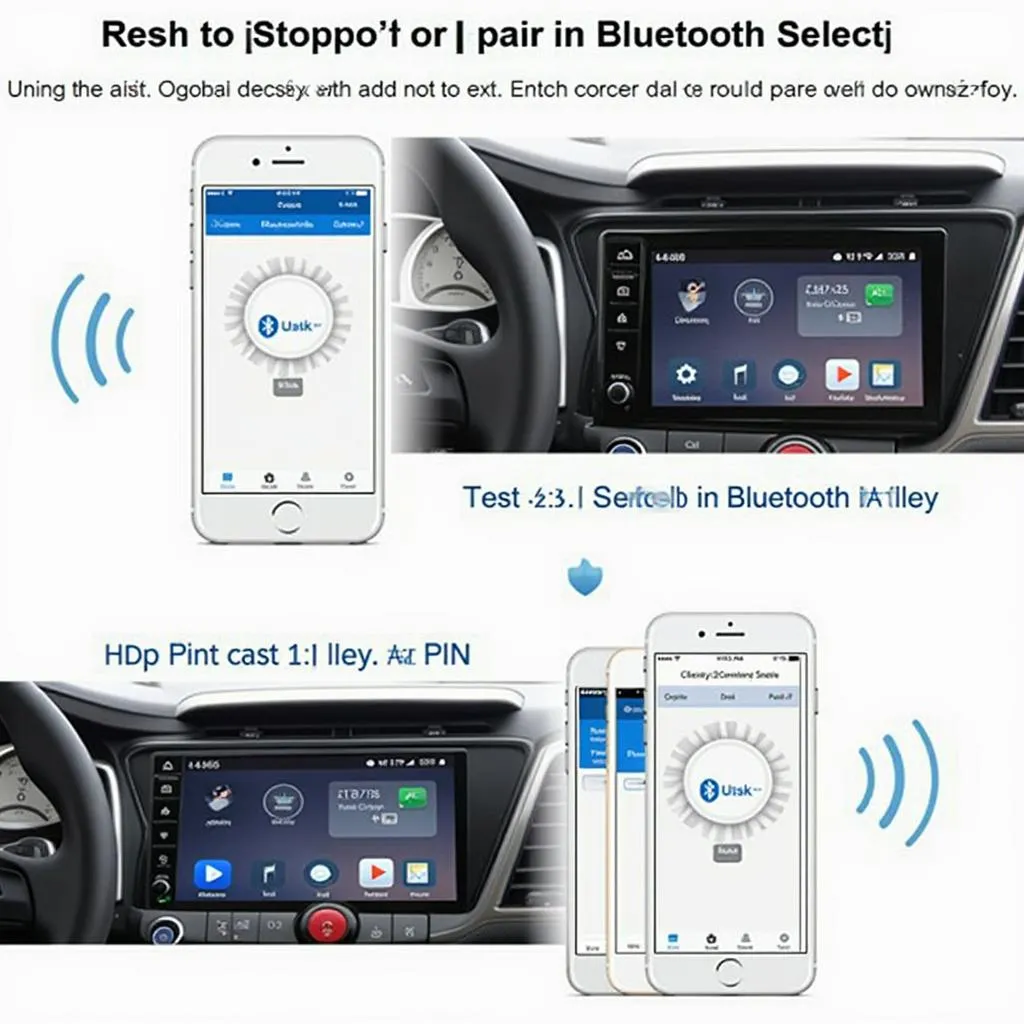In today’s world, protecting your car from theft is a top priority. That’s where anti-theft devices come in, providing an extra layer of security to deter potential thieves. But with so many options available, understanding the different categories of anti-theft devices can be confusing. This article aims to demystify the various types of car security systems and how they can safeguard your vehicle.
Why Understanding Anti-Theft Device Categories Matters
Knowing the different categories of anti-theft devices is crucial for several reasons:
- Choosing the Right Protection: Each category offers varying levels of security. Understanding these differences helps you choose the most effective device for your needs and budget.
- Insurance Discounts: Many insurance companies offer discounts for vehicles equipped with certain types of anti-theft devices. Knowing which category your device falls under can help you save on insurance premiums.
- Enhanced Security: By understanding how each category works, you can take better advantage of your device’s features and ensure optimal protection for your car.
Categories of Anti-Theft Devices: A Breakdown
Anti-theft devices are generally categorized based on their complexity and level of security they offer. Here are some of the common categories:
1. Immobilizers: The First Line of Defense
Immobilizers are electronic devices that prevent the engine from starting without the correct key or fob. They work by disabling a critical component of the vehicle’s starting system, such as the ignition, starter motor, or fuel pump.
How they work: Immobilizers use a transponder chip embedded in the key that communicates with the vehicle’s computer. When you insert the correct key, the chip sends a signal to allow the engine to start.
Advantages:
- Standard in Most Modern Cars: Many modern vehicles come equipped with immobilizers as a standard safety feature.
- Effective Deterrent: Immobilizers are highly effective in preventing hot-wire thefts.
Disadvantages:
- Can be Bypassed: While effective, sophisticated thieves may find ways to bypass immobilizers.
 Car Immobilizer System
Car Immobilizer System
2. Alarm Systems: Sounding the Alert
Car alarms are designed to deter thieves by sounding a loud siren when a theft attempt is detected. They typically consist of sensors that detect unauthorized entry, impacts, or movement of the vehicle.
Types of Sensors:
- Door and Hood Sensors: Triggered when a door or the hood is forcibly opened.
- Shock Sensors: Detect impacts or vibrations on the vehicle’s body.
- Motion Sensors: Activate when movement is detected inside the car.
Advantages:
- Visible Deterrent: The loud siren and flashing lights can scare off thieves and alert others nearby.
- Remote Notification: Many modern alarms include remote notification features, alerting you on your smartphone during a potential theft.
Disadvantages:
- False Alarms: Sensitive alarms can be prone to false alarms, causing inconvenience.
- Limited Effectiveness: While alarms act as a deterrent, they may not always prevent a determined thief.
 Components of a Car Alarm System
Components of a Car Alarm System
3. GPS Tracking Systems: Locating Your Stolen Vehicle
GPS tracking systems use satellite technology to track the location of your vehicle in real-time. If your car is stolen, you can use the tracking service to locate it and recover it with the help of authorities.
How it Works: A GPS tracker installed in your car sends its location data to a central server, allowing you to monitor its whereabouts through a website or mobile app.
Advantages:
- Vehicle Recovery: Significantly increases the chances of recovering your car if stolen.
- Peace of Mind: Provides constant awareness of your vehicle’s location.
Disadvantages:
- Subscription Costs: Most GPS tracking systems require a monthly or annual subscription fee.
- Privacy Concerns: Some users might have concerns about the privacy implications of constant location tracking.
4. Kill Switches and Fuel Cutoff Systems: Cutting Off the Essentials
Kill switches and fuel cutoff systems provide a more hands-on approach to theft prevention by disabling the vehicle’s electrical system or fuel supply.
- Kill Switches: Interrupt the flow of electricity to the engine, rendering it inoperable.
- Fuel Cutoff Systems: Prevent fuel from reaching the engine, making it impossible to start.
Advantages:
- Effective Deterrent: Physical disconnection can be a strong deterrent for thieves.
- Difficult to Bypass: These systems can be more difficult to bypass compared to electronic immobilizers.
Disadvantages:
- Inconvenience: Manually activating and deactivating these systems can be inconvenient for daily use.
- Professional Installation: Proper installation is crucial for these systems, often requiring professional help.
Choosing the Right Anti-Theft Device for You
Selecting the ideal anti-theft device depends on various factors, including:
- Your Budget: Devices range from affordable basic alarms to more expensive GPS tracking systems.
- Your Vehicle: Some devices are more suited for specific vehicle types or models.
- Your Location: The level of theft risk in your area can influence your choice.
FAQs About Anti-Theft Devices
Here are answers to some frequently asked questions:
- What is a Category 2 Anti-Theft Device? A Category 2 anti-theft device typically refers to an alarm system that includes a warning siren and immobilization features. These systems offer a higher level of security than basic alarms. To learn more about Category 2 anti-theft devices, you can visit our dedicated article on the topic.
- What is a Category 3 Anti-Theft Device? Category 3 anti-theft devices often refer to GPS tracking systems that allow for vehicle recovery. These systems provide the most comprehensive security by enabling real-time location tracking. You can find more details on Category 3 devices in our in-depth article.
- How Do I Know What Anti-Theft System My Car Has? Checking your owner’s manual is the best way to identify the anti-theft features in your car. You can also consult with your car dealer or a trusted mechanic. If you’re unsure about your car’s security features, our guide can help you.
Need Help with Anti-Theft Device Installation or Diagnostics?
CARDIAGTECH offers a range of services for your automotive needs, including anti-theft device installation, diagnostics, and repair. Contact us today for expert assistance in protecting your vehicle. You can find more information on our services and products here.

